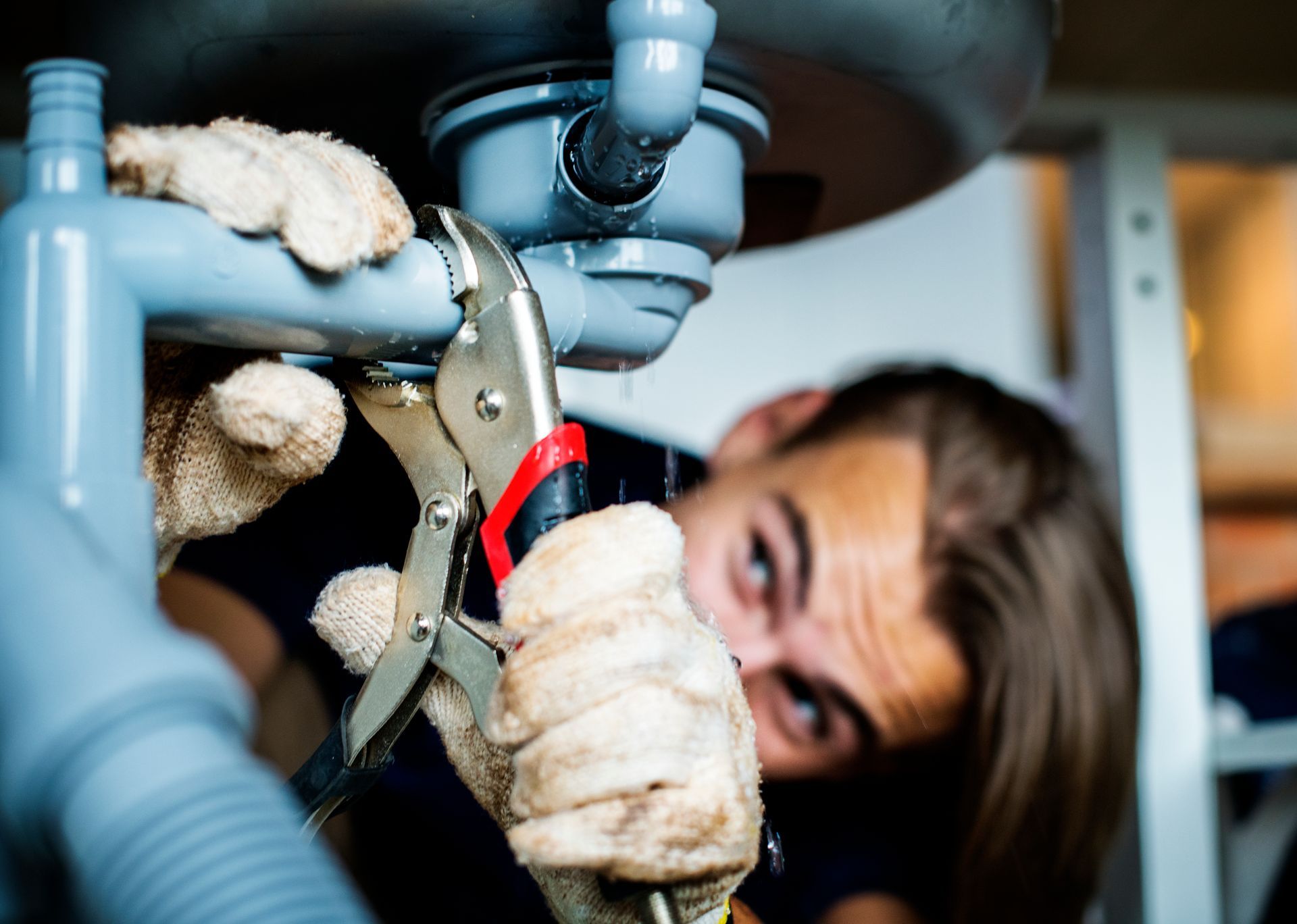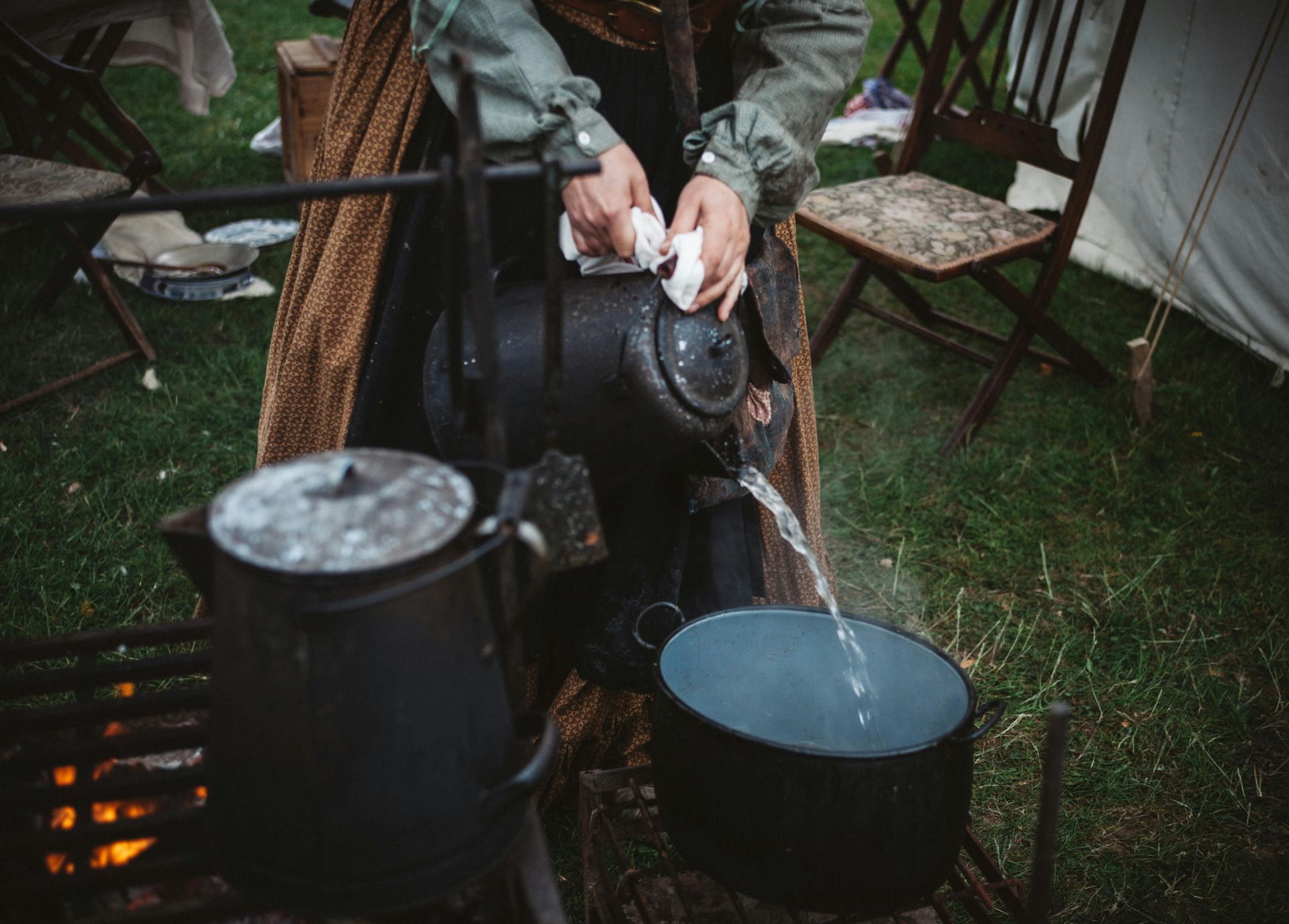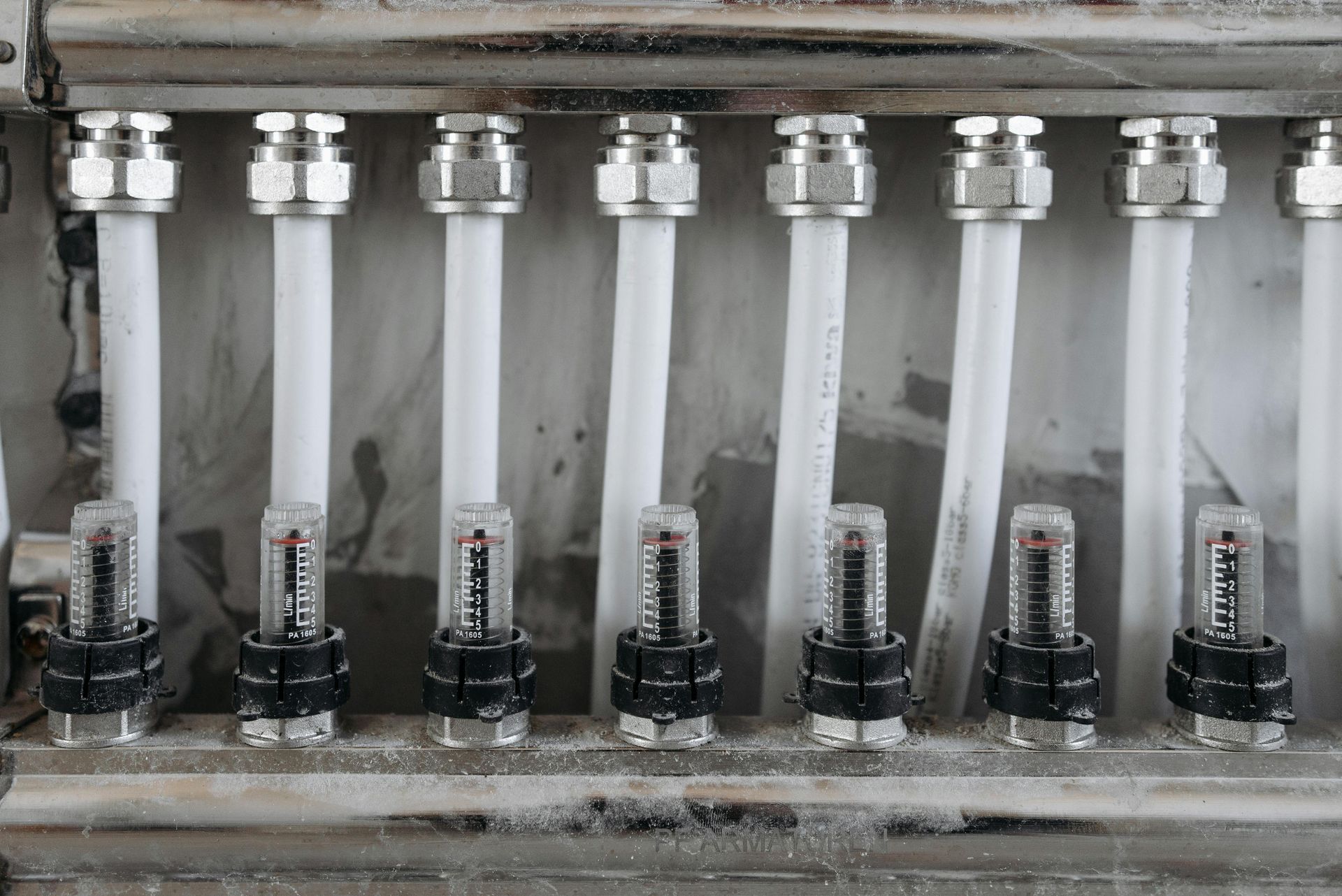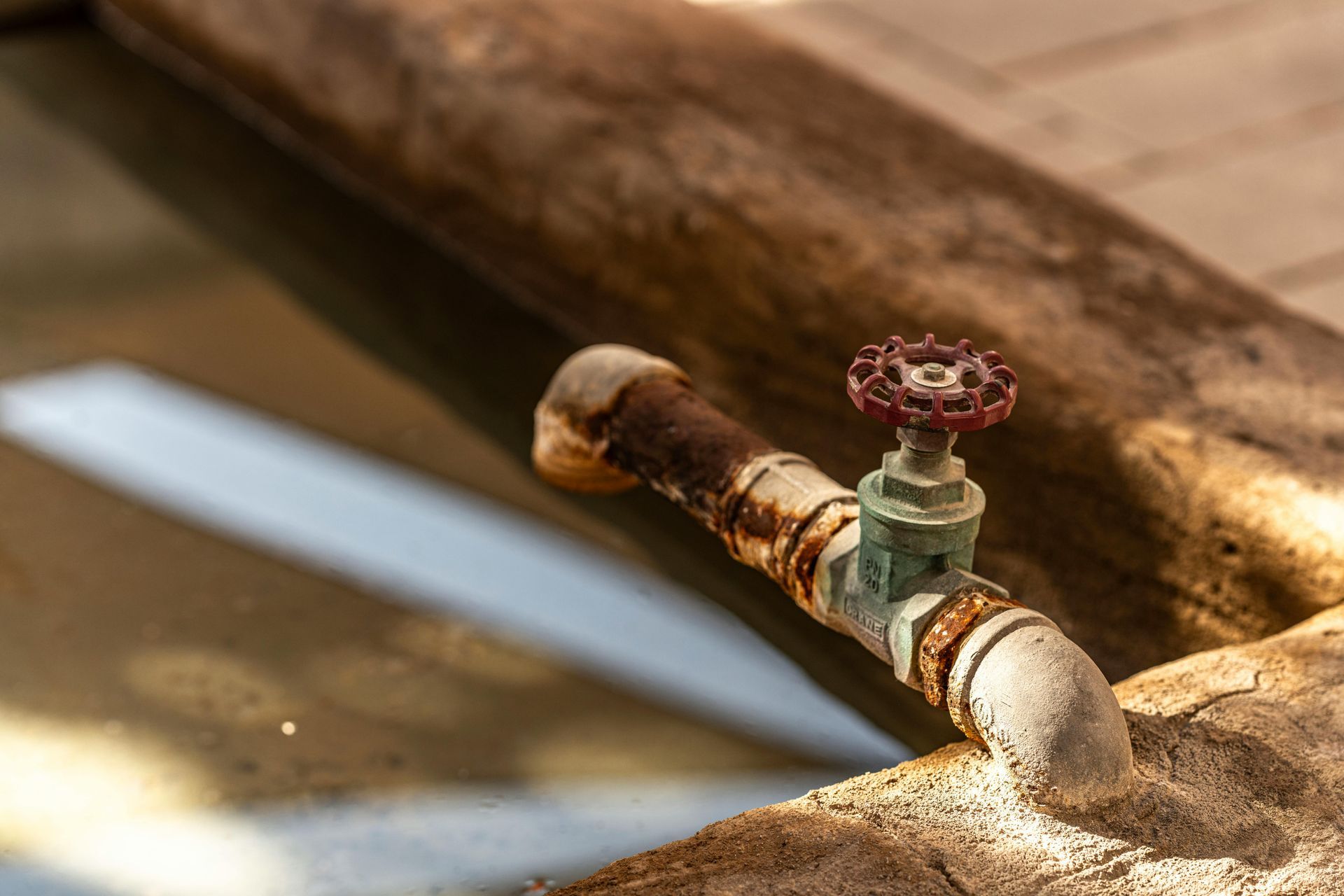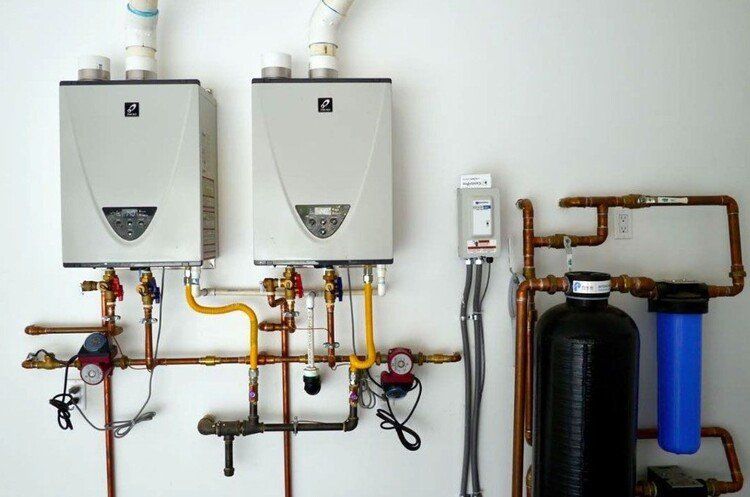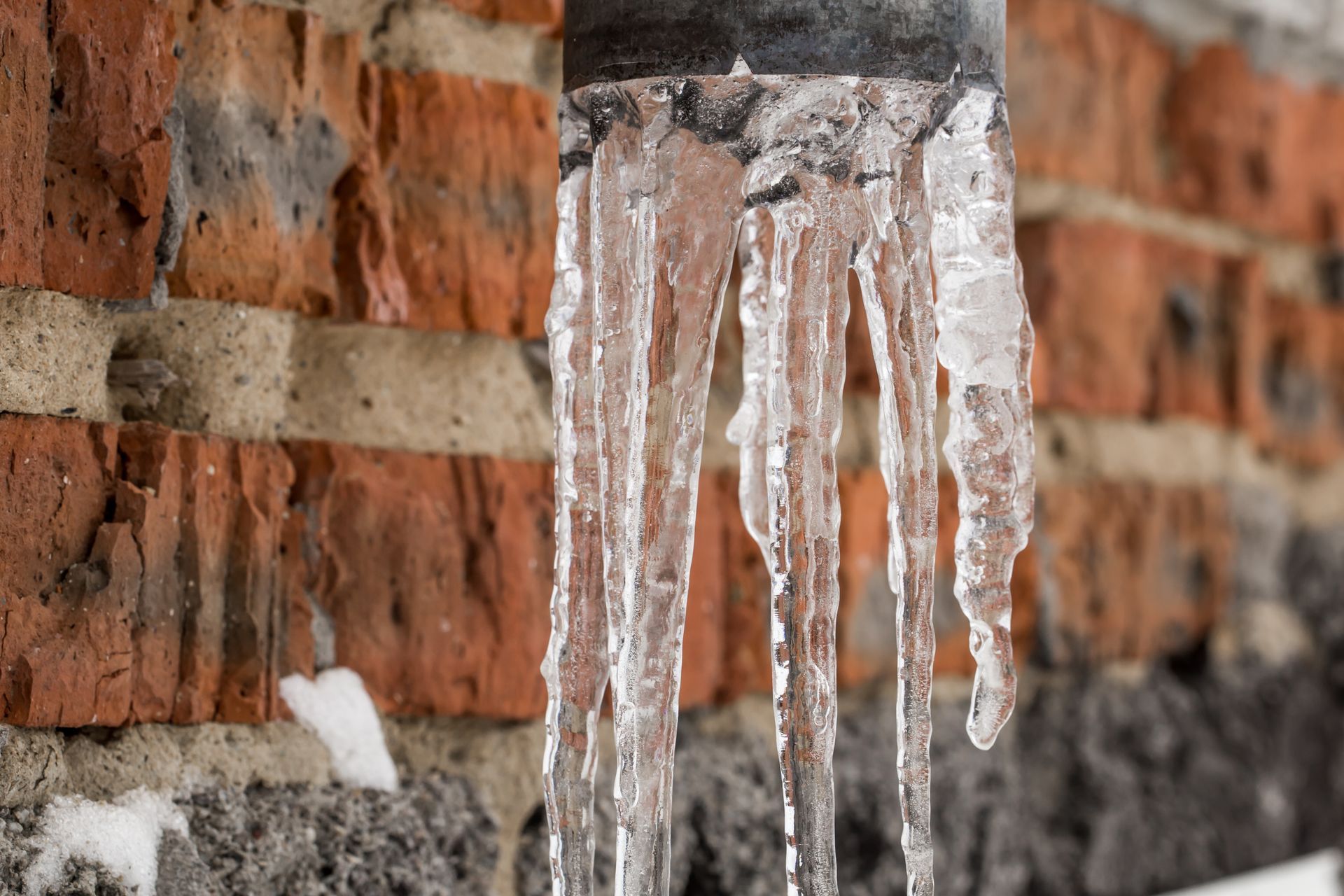When To Use A Pipe Cutter And When To Use A Hacksaw?
In the field of plumbing, precision and efficiency are paramount, especially when it comes to cutting pipes. Two of the most common tools available for this task are the pipe cutter and the hacksaw. Selecting the right tool not only impacts the quality of the cut but also the ease of installation and the longevity of the plumbing system. This detailed article explores the key differences between pipe cutters and hacksaws, their appropriate applications, and practical advice on when to use each tool. It also highlights the professional standards that plumbers, such as those at All City Plumbers, follow to ensure optimal performance and reliability.
Overview of Pipe Cutters and Hacksaws
A pipe cutter is a specialized plumbing tool designed to provide clean, precise cuts in various types of pipes such as copper, PVC, and PPR. It typically consists of a sharp rotary cutting wheel and adjustable jaws that clamp around the pipe. By rotating the cutter around the pipe while gradually tightening, it slices the pipe evenly without crushing or deforming it. This method minimizes waste, produces smooth edges, and reduces the need for additional finishing work.
On the other hand, a hacksaw is a versatile hand tool with a fine-toothed blade stretched within a frame. While not specialized for pipes, it is widely used to cut materials including metal, plastic, wood, and composite. Hacksaws can cut pipes of almost any diameter or thickness but require physical effort, steady hands, and time. The resulting cut often leaves a rough edge or burrs that will need filing or sanding later to avoid leaks or flow obstruction.
Comparing Precision and Quality of Cuts
One of the biggest advantages of using a pipe cutter is the precision it offers. Pipe cutters produce clean, burr-free cuts that are ideal for plumbing connections where tight seals are essential. A smooth edge ensures that fittings fit snugly and prevents leaks, which is critical when the plumbing system is covered by a plumbing warranty and what it covers. Improper cuts that leave rough edges can cause gaps or misalignments, compromising system integrity.
In contrast, hacksaw cuts tend to be uneven and jagged. The rough edge may strip insulating material inside some pipes or cause difficulties during joint assembly. While skilled plumbers can mitigate these issues by reaming and sanding after cutting, the extra preparation increases labor time and risk of errors. Therefore, when cut quality is a key factor, especially in residential and commercial plumbing, pipe cutters are generally preferred.
Material and Pipe Size Considerations
Pipe cutters excel when working with pipes of smaller diameters and specific materials. Most manual pipe cutters are appropriate for pipes up to about 1.5 inches in diameter. For copper, PPR, and PVC pipes common in plumbing systems, dedicated cutters provide the best results. Larger pipes or uncommon materials may require specialized cutters or alternative methods.
Hacksaws offer greater flexibility for cutting pipes of large diameters or thick walls, including metal pipes not suitable for manual cutters. They are also useful when pipe shapes or positions make using a round cutter impractical. In emergency scenarios or jobs with limited tools, such as when needing to find an emergency plumber for after-hours services, hacksaws are often the go-to tool due to their availability and versatility.
Ease of Use and Safety
Pipe cutters require minimal effort and are designed to limit user fatigue during repetitive cuts. Their compact size and ease of control make them suitable for tight spaces and quick tasks. Additionally, pipe cutters reduce the risk of injury by keeping the blade contained within the tool.
Hacksaws require a steady hand and more physical exertion. The exposed blade can pose safety risks, especially for inexperienced users or in cramped environments. Furthermore, the time needed to cut and finish pipe ends with a hacksaw can slow down project progress.
Role of Expansion Tanks and Plumbing Maintenance
Beyond cutting, proper plumbing installation includes components like expansion tanks which alleviate pressure fluctuations and protect system components. Precise cutting and fitting directly influence the correct installation and function of such devices. Poorly cut pipes can lead to leaks, pressure loss, and damage to expansion tanks and other sensitive elements.
Regular maintenance and adherence to recommended procedures ensure system durability and compliance with terms set by plumbing warranties and what they cover. Professional plumbers prioritize using correct tools and techniques to minimize future repairs and emergency calls.
Conclusion
Choosing between a pipe cutter and a hacksaw depends on several factors including pipe material, size, desired cut quality, and the specific plumbing task. Pipe cutters provide fast, clean, and precise cuts ideal for most plumbing jobs involving smaller diameter pipes and materials like copper, PVC, and PPR. Hacksaws offer versatility for cutting larger or unusual pipes but at the cost of slower, rougher cuts requiring extra finishing.
For homeowners and professionals alike, understanding the strengths of each tool ensures better workmanship and system reliability. Trusted experts such as All City Plumbers combine tool knowledge with experience to deliver high-quality plumbing installations and repairs. Emphasizing correct tool use helps reduce wear on components such as expansion tanks and aligns with the coverage and conditions of a plumbing warranty and what it covers, safeguarding the investment in plumbing infrastructure. In urgent scenarios, knowing the appropriate tool and when to seek assistance to find an emergency plumber for after-hours services means peace of mind and efficient resolution.

